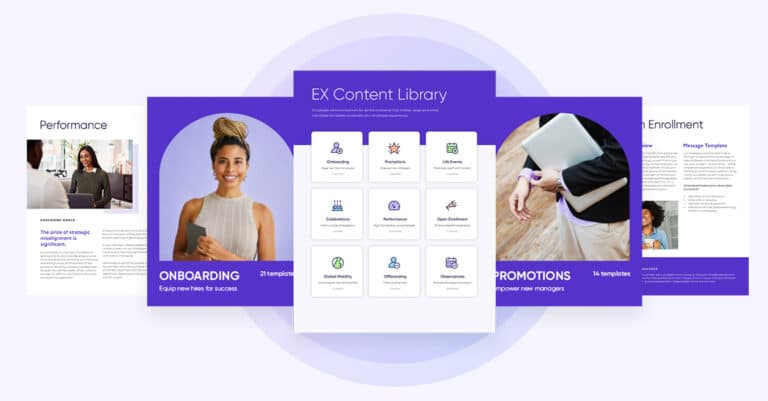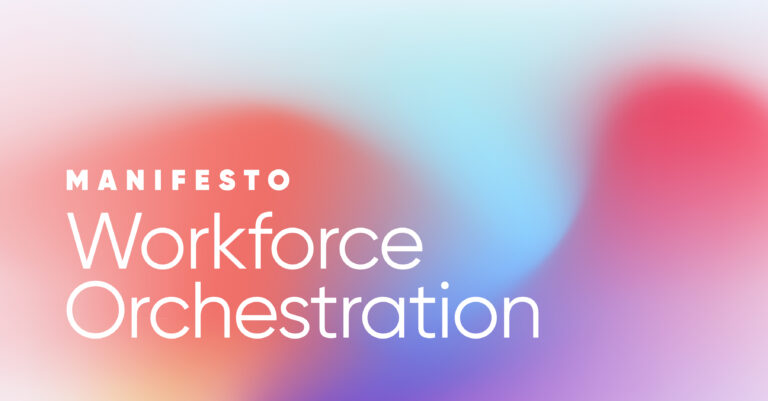Ask a room full of communicators when they last performed a thorough content audit – an inventory of existing communication efforts and effectiveness – and just watch what happens. Eyes dart evasively. Imaginary question bubbles begin to form above our heads.

An audit? Isn’t that what the IRS does?
Let’s be honest. Taking stock, getting honest, and gauging the real impact and effectiveness of our work is hard. That’s not only because it’s tough to carve out the time because of daily deadlines and the constant demands of our jobs. It can be flat-out scary to lift the rug on your efforts and shine a light on the dirt that might be hiding there. (And let’s face it: There’s always dirt.)
In this case, “dirt” comes in the form of newsletters that take hours to prepare but aren’t being opened. Executive messages that only reach half of your workforce. Talking head videos that spout about stuff everyone already heard weeks ago in the breakroom. You may be doing some incredibly cool things that are simply getting lost in the sheer onslaught of all the information you’re sending to employees. It can be terribly depressing to learn that you’ve been having a wonderful conversation . . . only with yourself.
But take heart because knowledge is power.
Once you’re willing to go all Marie Kondo on your communication clutter, you can tidy it up – and more importantly, make sure you don’t create more. You can burst that bubble you’ve been living in and use real, compelling data to make a case for only doing things that bring employees joy (as well as understanding, and trust, and motivation).
A communication audit, in my opinion, is a crucial step in surfacing what you have – and what you’ll need going forward. It doesn’t have to be scary and can be a DIY project. It also has the potential to be work-life changing. Trust me, I’ve been there.
Here’s how to make it happen in less than 10 steps:
- Start by identifying the most critical business goals, challenges, strategies, and themes for your organization today. These will serve as your guideposts as you consider if and how current communication efforts are working. What is actually crucial to driving your business forward?
- Define the various segments of the employees you need to reach. Sure, the all-employee audience is sometimes the goal. But more often, select groups are often the target for specific messaging to certain regions or roles. Nothing says “ignore this message” more to employees than a regular dose of correspondence from the company that has little relevance or bearing on their lives.
- Partner with others in the organization.
HR: Request the latest demographic and organizational information about your employee base. This should include average age, education level, tenure, manager-to-employee ratio, attrition rates, and percentage of desk/deskless workers.
IT: Find out what percentage of employees have corporate email, how many have corporate-issued computers and mobile devices, and what’s on the horizon for company technology. - Prepare a matrix of current communication channels, tools, and technologies – and the employee segments they reach. Identify content creators, curators, and important stakeholders for each of those as well. Don’t leave any out. It probably will be a long list:
- Intranet
- Collaboration tools
- Enterprise social networks
- External social channels
- Chat tools
- Traditional signage
- Digital signage
- Print newsletters
- Digital newsletters
- Mailers
- Videos
- Photos
- Podcasts
- Webcasts
- Text messaging
- Division or regional meetings/town halls
- Enterprise-wide meetings/town halls
- In-person events
- Online events
- Create an inventory of content types currently in use and the time/difficulty/resources required to prepare them. These will be the specific types of communication that are going out to your employees. They could include:
- Alerts
- Announcements
- News articles
- Feature stories
- Series
- Videos
- Podcasts
- Press releases
- Executive insights
- Employee spotlights
- Volunteer spotlights
- Customer spotlights
- Competitive insights
- Safety/instructional information
- Contests
- Campaigns
- Benefit and services offerings
- Employee- and volunteer-generated submissions
- Analyze existing employee communication data and metrics. This step will depend on your ability to accurately measure the impact of your communication efforts – as opposed to just output metrics, like how many emails you sent. A platform like Firstup will help you determine most active/least active channels and content types for employee segments. Take note of efforts that you’re currently not able to measure.
- Consider pulse surveys or longer surveys. These will help you gauge sentiment and opinions among your employees. The information you compile will help to supplement the hard data and metrics you’re accumulating. This is particularly helpful for your efforts that are not easily measured.
- Conduct focus groups. This will give you a better understanding of how best to target groups of employees on the effectiveness of current efforts as well as other approaches they would like to see.
- Prepare and package the collective findings to present to leaders. Include an executive overview of the most important learnings, proposed changes, and a recommended timeline. Include what you should keep doing, start doing, or stop doing.
See, this shouldn’t be too painful.
More importantly, it will help you to do your job more effectively. After all, communicators know that good things always happen when people have the right information.











